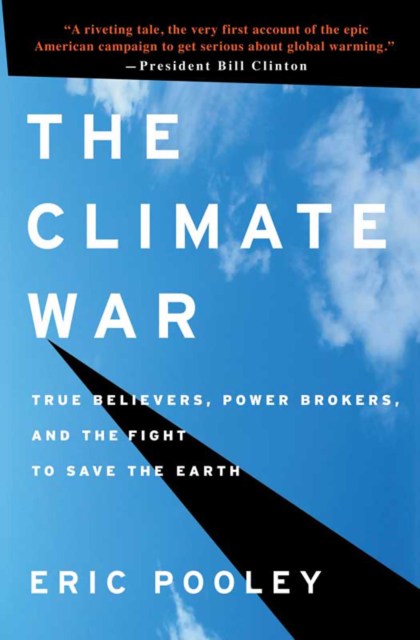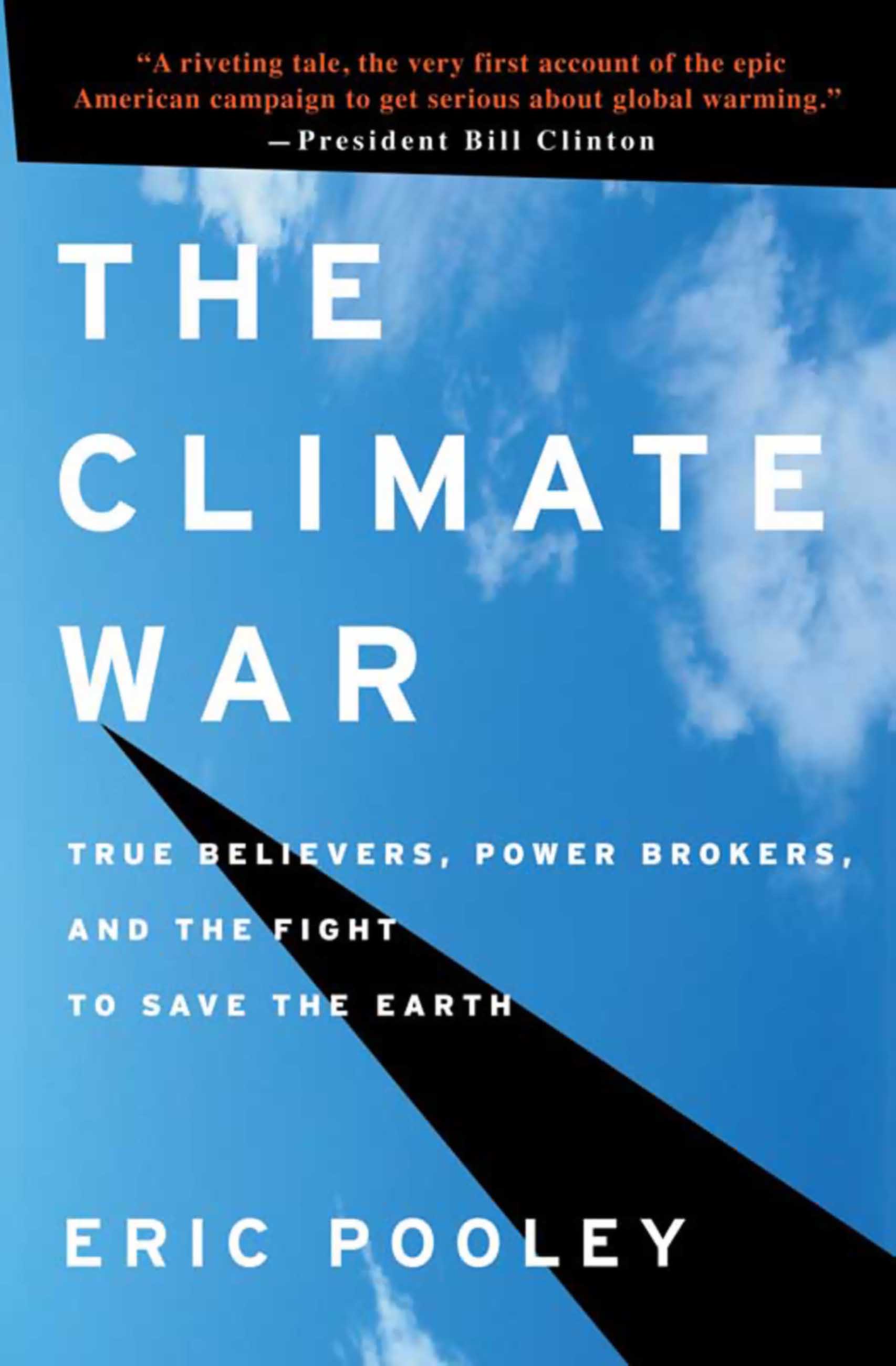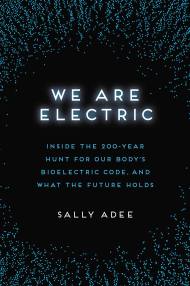Promotion
Use code MOM24 for 20% off site wide + free shipping over $45
The Climate War
True Believers, Power Brokers, and the Fight to Save the Earth
Contributors
By Eric Pooley
Formats and Prices
Price
$12.99Price
$16.99 CADFormat
Format:
- ebook $12.99 $16.99 CAD
- Hardcover $44.00 $55.00 CAD
This item is a preorder. Your payment method will be charged immediately, and the product is expected to ship on or around June 8, 2010. This date is subject to change due to shipping delays beyond our control.
Also available from:
Why has it been so hard for America to come to grips with climate change? Why do so many people believe it isn’t really happening? As President Obama’s science advisor John Holdren has said, “We’re driving in a car with bad brakes in a fog and heading for a cliff. We know for sure that cliff is out there. We just don’t know exactly where it is. Prudence would suggest that we should start putting on the brakes.” But powerful interests are threatened by the carbon cap that would speed the transition to a clean energy economy, and their agents have worked successfully to deny the problem and delay the solutions.
To write this book, Pooley, the former managing editor of Fortune and chief political correspondent for Time, spent three years embedded with an extraordinary cast of characters: from the flamboyant head of one of the nation’s largest coal-burning energy companies to the driven environmental leader who made common cause with him, from leading scientists warning of impending catastrophe to professional skeptics disputing almost every aspect of climate science, from radical activists chaining themselves to bulldozers to powerful lobbyists, media gurus, and advisors in Obama’s West Wing–and, to top it off, unprecedented access to former Vice President Al Gore and his team of climate activists.
Pooley captures the quiet determination and even heroism of climate campaigners who have dedicated their lives to an uphill battle that’s still raging today. He asks whether we have what it takes to preserve our planet’s habitability, and shows how America’s climate war sends shock waves from Bali to Copenhagen. No other reporter enjoys such access to this cast of characters. No other book covers this terrain. From the trenches of a North Carolina power plant to the battlefields of Capitol Hill, Madison Avenue, and Wall Street, The Climate War is the essential read for anyone who wants to understand the players and politics behind the most important issue we face today.
Genre:
- On Sale
- Jun 8, 2010
- Page Count
- 496 pages
- Publisher
- Hachette Books
- ISBN-13
- 9781401395988
Newsletter Signup
By clicking ‘Sign Up,’ I acknowledge that I have read and agree to Hachette Book Group’s Privacy Policy and Terms of Use







